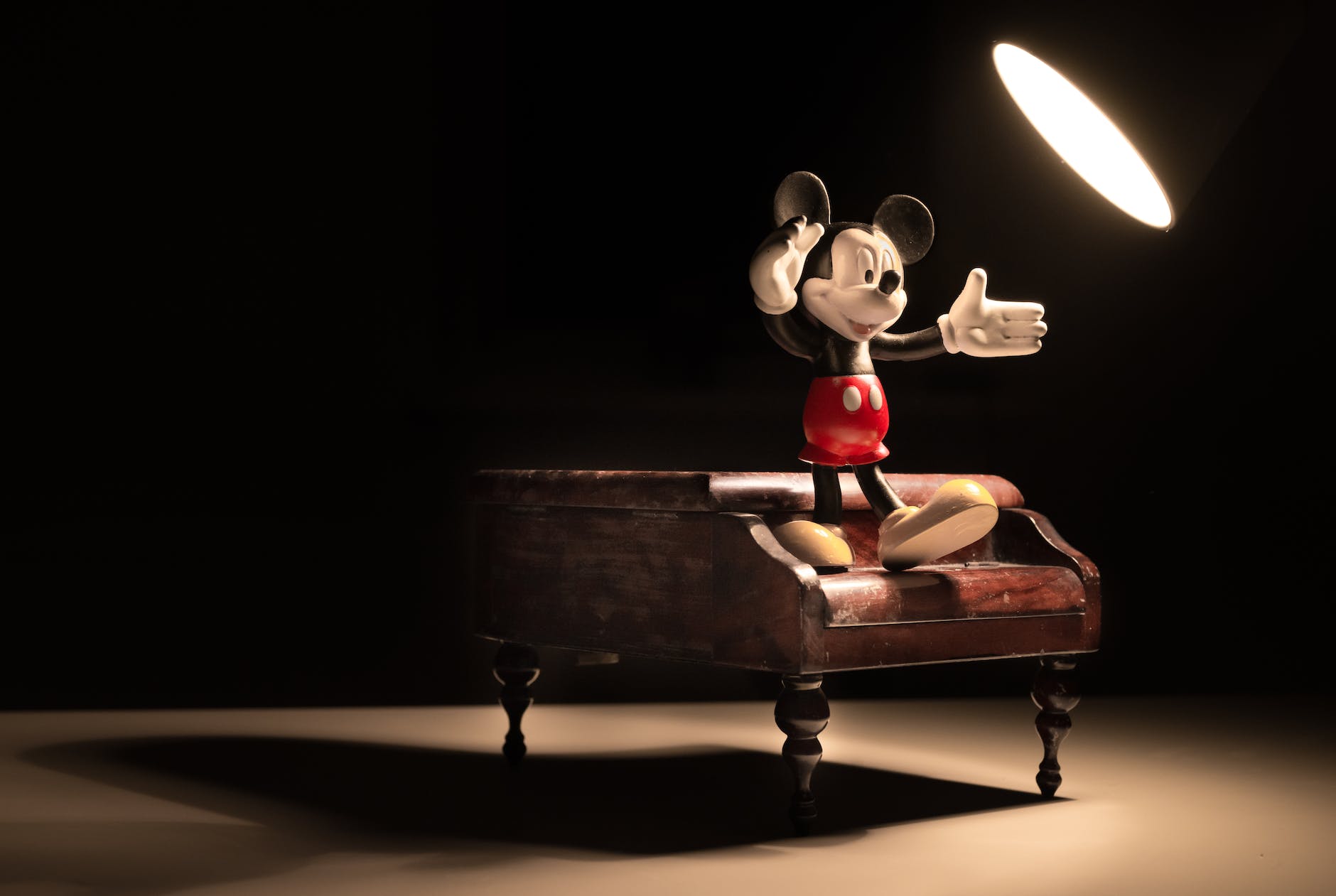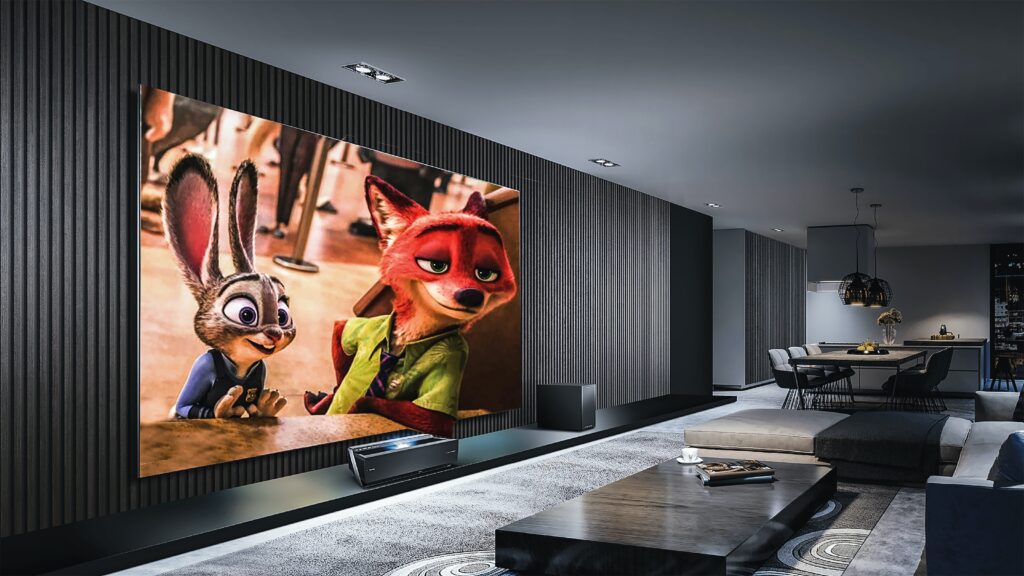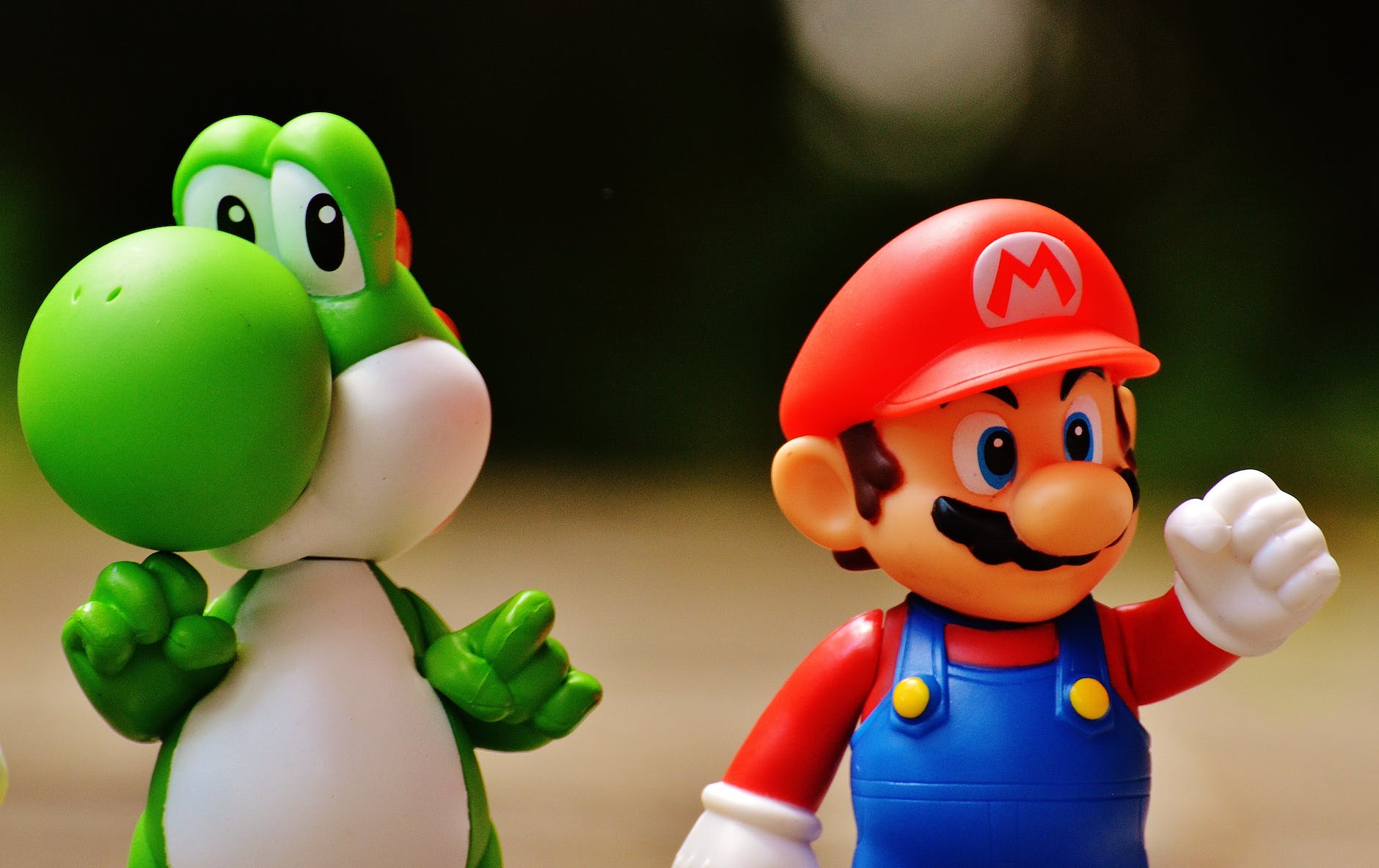
Introduction to the History of Animation
Animation, as we know it today, has a rich and vibrant history that spans centuries. The very term “animation” is derived from the Latin word “anima,” which means “soul” or “life.” This is a fitting name as it perfectly encapsulates the essence of Animation, which is to breathe life into static images. From the ancient cave paintings that depicted motion to the computer-generated imagery (CGI) of today, the history of Animation is a fascinating journey of creativity, innovation, and technological advancements.
Believe it or not, the concept of Animation predates the invention of film itself. Early forms of Animation were based on optical illusions, such as the Thaumatrope, a toy popular in the 19th century. This device was a disk with a different picture on each side, and when spun quickly, the two images appeared to blend into one. This principle of persistence of vision laid the foundation for the development of modern Animation.
The invention of the Zoetrope in the 1830s marked another significant milestone in the history of Animation. This device created the illusion of motion by displaying a sequence of drawings or photographs in progressive phases of motion. Although these early forms of Animation were rudimentary, they served as the stepping-stones to the creation of the sophisticated animations we see today.
The Birth of 2D Animation
The dawn of the 20th century saw the advent of 2D Animation, which is often associated with traditional Animation. This style of Animation involves creating motion in a two-dimensional space, with objects and characters rendered in a flat, ‘cartoonish’ style.
The first instance of 2D Animation can be traced back to 1906 with the release of the short film “Humorous Phases of Funny Faces” by J. Stuart Blackton. This film, which featured a series of hand-drawn images on a chalkboard, is widely regarded as the first animated film in history.
However, it was not until 1928, with the creation of Walt Disney’s “Steamboat Willie,” that 2D Animation truly took off. This short film, which introduced the world to the iconic character Mickey Mouse, was the first to feature synchronized sound, an achievement that revolutionized the animation industry.
“Animation: The art where pencils conquer reality, where creativity dances with technology, and where illustrations breathe life into stories. A testament to the limitless bounds of our imagination, from the simplicity of hand-drawn sketches to the complexity of digital realms.”
Pioneers of the 2D Animation Era
Walt Disney is perhaps the most recognized name in the history of Animation. His innovative approach and extraordinary storytelling skills have left an indelible mark on the animation industry. Disney was not just a pioneer; he was an innovator who continually pushed the boundaries of what was possible in Animation.
Another significant name in the 2D animation era is Max Fleischer, the creator of iconic characters such as Betty Boop and Popeye the Sailor. Fleischer’s contributions to the animation industry also include the invention of the Rotoscope, a device that allowed animators to trace over live-action footage, a technique that significantly improved the realism of animated movements.
It is also worth mentioning Warner Bros., whose Looney Tunes series introduced a whole host of beloved characters, from Bugs Bunny to Daffy Duck. Their zany humor and slapstick comedy became a defining feature of classic 2D Animation, and their influence can still be seen in modern cartoons.
Transition from 2D to 3D Animation
The transition from 2D to 3D Animation marked a significant shift in the industry. While 2D Animation focused on flat, two-dimensional images, 3D Animation brought depth and realism to the screen. This transition didn’t happen overnight, and it was a process filled with both challenges and breakthroughs.
The initial attempts at 3D Animation can be traced back to the 1970s, with films like “Futureworld” introducing 3D computer-generated images for the first time. However, these early efforts were rudimentary and lacked the sophistication of modern 3D Animation.
It was not until the 1990s, with the advent of advanced computer technology, that 3D Animation truly began to take shape. Pixar Animation Studios’ “Toy Story,” released in 1995, was the first feature-length film to be entirely animated using 3D computer graphics. This film was a game-changer, marking the dawn of a new era in Animation and paving the way for the modern animation industry.
Innovations in 3D Animation
The advent of 3D Animation brought with it numerous innovations that have significantly transformed the way we perceive Animation. One such innovation is the introduction of realistic textures and lighting effects, which have added depth and realism to animated characters and landscapes.

Another major breakthrough in 3D Animation is the development of motion capture technology. This technology involves capturing the movement of an actor and then applying it to a 3D model, resulting in highly realistic and natural movements.
Advancements in computer technology have also facilitated the creation of complex and intricate animations. Today, animators can create breathtaking visuals, from vast, lifelike landscapes to minute details on characters, all of which contribute to the immersive viewing experience that 3D animation offers.
Influential 3D Animation Studios and Creators
When discussing the history of Animation, it is impossible to ignore the role of animation studios and creators. Pixar Animation Studios, for instance, has been a trailblazer in the field of 3D Animation. Their innovative storytelling and groundbreaking technological advancements have set new standards in Animation.
DreamWorks Animation is another significant player in the 3D animation industry. Their films, such as “Shrek” and “How to Train Your Dragon,” have captivated audiences worldwide with their unique blend of humor, emotion, and stunning visuals.
On the creator front, individuals like John Lasseter and Hayao Miyazaki have left an indelible mark on the animation industry. Their unique vision and creative genius have contributed to some of the most iconic animated films of all time.
Impact of 3D Animation on the Film Industry
The impact of 3D Animation on the film industry is profound. It has not only revolutionized the way films are made but also expanded the possibilities of storytelling. With 3D Animation, filmmakers can create fantastical worlds and characters that would be impossible to realize in live-action films.
Moreover, 3D Animation has also opened up new opportunities in terms of audience reach. Animated films appeal to a broad demographic, from children to adults, making them a lucrative segment of the film industry.
The success of animated films at the box office is evidence of their popularity. Films like “Frozen” and “The Lion King” have grossed billions worldwide, demonstrating the enormous potential of 3D Animation in the film industry.
Future Trends in Animation: Beyond 3D
As we look to the future, it’s clear that Animation will continue to evolve and innovate. One of the emerging trends is the blending of 2D and 3D Animation, a style known as 2.5D. This technique combines the depth and realism of 3D Animation with the stylistic elements of 2D Animation, resulting in a unique and visually appealing aesthetic.
Exploring the Big Apple: Top 5 Reasons to Visit New York City!
Virtual Reality (VR) and Augmented Reality (AR) are other technologies that are set to revolutionize the world of Animation. With VR and AR, viewers can immerse themselves in the animated world, interacting with characters and environments in ways never before possible.
The rise of Artificial Intelligence (AI) also promises to transform the animation industry. AI can automate many of the time-consuming processes involved in Animation, thereby increasing efficiency and allowing animators to focus more on the creative aspects of their work.
Learning from the History of Animation
The history of Animation teaches us that innovation and creativity are at the heart of the industry. From the early days of optical illusions to the sophisticated 3D animations of today, each advancement has been driven by a desire to push boundaries and create new and exciting ways to tell stories.
It’s also a reminder that Animation is a continually evolving art form. As technology continues to advance, so too will the possibilities for Animation. This constant evolution is what makes Animation such an exciting field, and I can’t wait to see what the future holds.

Conclusion: The Enduring Legacy of Animation
The history of Animation is a testament to human creativity and innovation. It’s a journey that has taken us from simple drawings on cave walls to complex computer-generated images that captivate audiences around the world.
Despite the many changes and advancements, the essence of Animation remains the same – to bring static images to life and tell stories in new and imaginative ways. The enduring legacy of Animation lies in its ability to transport us to different worlds, evoke emotions, and spark our imagination.
As we look forward to the future of Animation, one thing is certain – this art form will continue to evolve, innovate, and inspire for generations to come. Let’s eagerly anticipate the exciting developments that lie ahead in the captivating world of Animation.
Unraveling the Brilliance of Diamond Rap Albums: A Deep Dive








